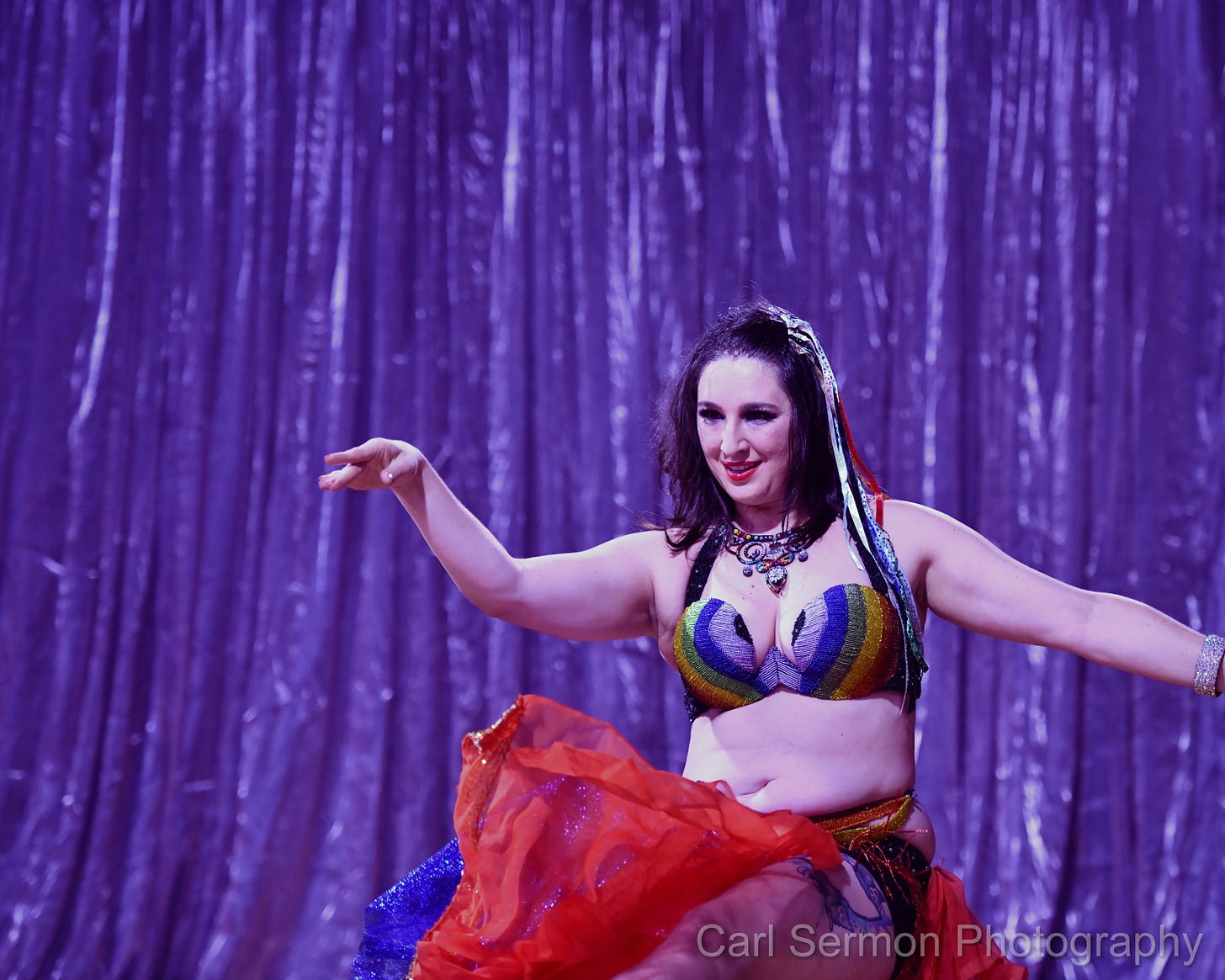“The Queer Arab Glossary”: A Book Review of a Dictionary… That’s Actually Interesting
The Queer Arab Glossary edited by Marwan Kaabour was created by the community and followers of the Instagram account @takweer_. A few years ago, the account asked its community to categorize gay slang and give definitions. They also tried to interview people from various classes of society and attempted to get the best information possible. They acknowledge this information is limited and want to continue this research to capture areas they felt were underrepresented- Sapphic language for example.
After an introduction for context, the book went into the glossary. I particularly loved that the definitions were separated by region. The book covers Levantine, Iraqi, Gulf, Egyptian, Sudanese, and Maghrebi dialects. Peppered throughout the pages were illustrations of the various words. As any slang, in any culture, the images range from whimsical to vulgar. The authors do not shy away from definitions touching on sex and do not try to sanitize the definition. In the same vein, they define and demonstrate how slurs are used to hurt their recipients. It’s both powerful and deeply human.
But that’s just a dictionary and can be dry. The second half of the book includes essays from queer Arab writers. An author that might be familiar to belly dancers is Hamen Sinno- the lead singer of Mashrou’ Leila. Sinno has an engaging piece, discussing feeling like a moral failure, but also seeing themselves and their queer family throughout history. The final sentence of this essay shows the power of finding queer family in history. After learning about a story of transwomen, Sinno remarks “At thirty- four, I accidentally healed some of my earliest childhood trauma, and the chasm my aunts wedged between me and my brownness, by accidentally stumbling upon an archive.” (page 101 of the book)
A personal favorite essay from this collection is “A Dance of Gossip” by Rana Issa. This essay is an imagined conversation between various queer icons. I found it playful, educational, and just vulgar enough to keep it fun to read. Honestly, I enjoyed it so much I stopped in the middle to start reading again from the beginning to make sure I savored it enough. It has drag queens, transmasc singers, and sex workers. It sounds like a party that I want to be invited to, and with its inclusion of real people, it gave me new people to research in my own time.
While this book is full of queer joy, there is always the threat of violence. The last essay, “An Effeminate Moroccan” by Abdellah Taia, delves into the danger that exists for every queer person. The book continues to address more serious topics such as pinkwashing* and how it can be weaponized against Arabs, an example being “Arab countries are dangerous for every queer person.” While this can be true, the reality is that it is dangerous for queer people anywhere as seen with the recent murders of transpeople in the US and dangerous legislation that takes away transrights. We have not left homophobia behind, and this essay gives a sobering perspective. While it was hard to read, for anyone who can, I highly suggest it.
In summary, I think this book is a great addition to a bookshelf. While it does not cover dance specifically, it gives an intersectional look into culture and the humanity that connects us all.
*Pinkwashing, also known as rainbow-washing, is the strategy of deploying messages that are superficially sympathetic towards the LGBTQ community for ends having little or nothing to do with LGBTQ equality or inclusion, including LGBTQ marketing.
About the Author
Athena is a Columbus, Ohio-based dancer, teacher, event producer, and general nonsense maker. She loves learning, chaos, and a good party.






